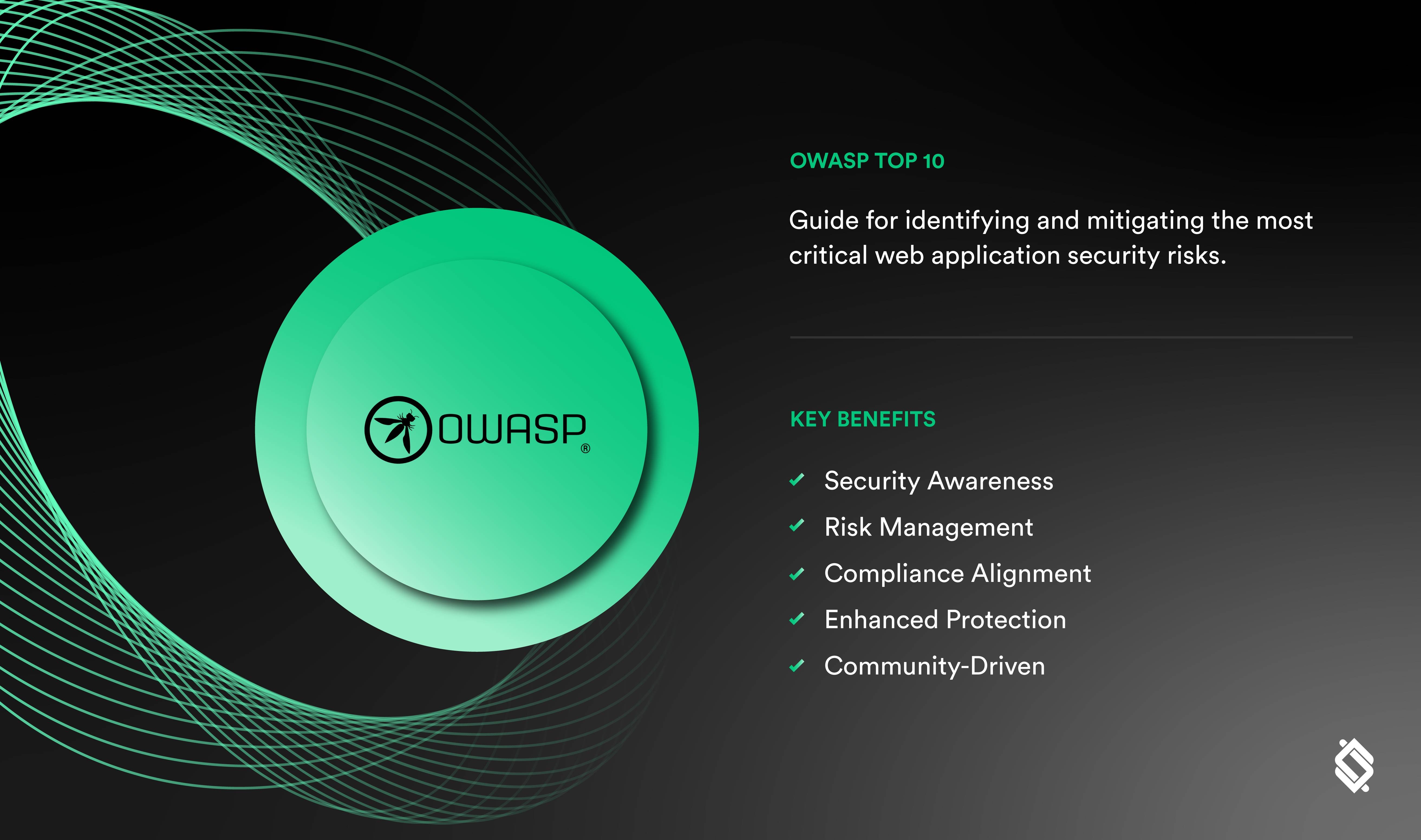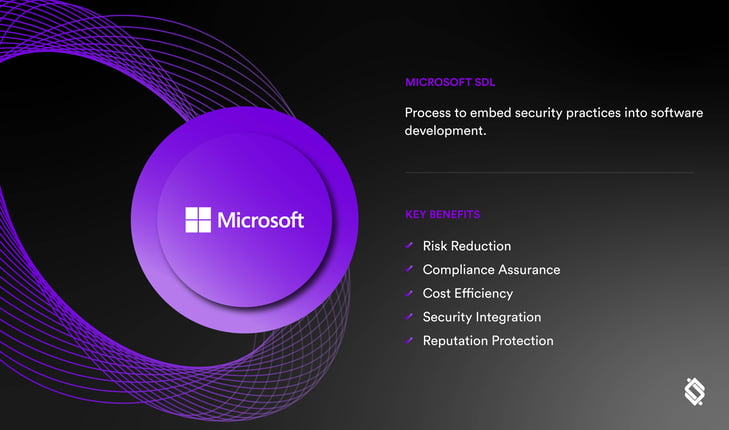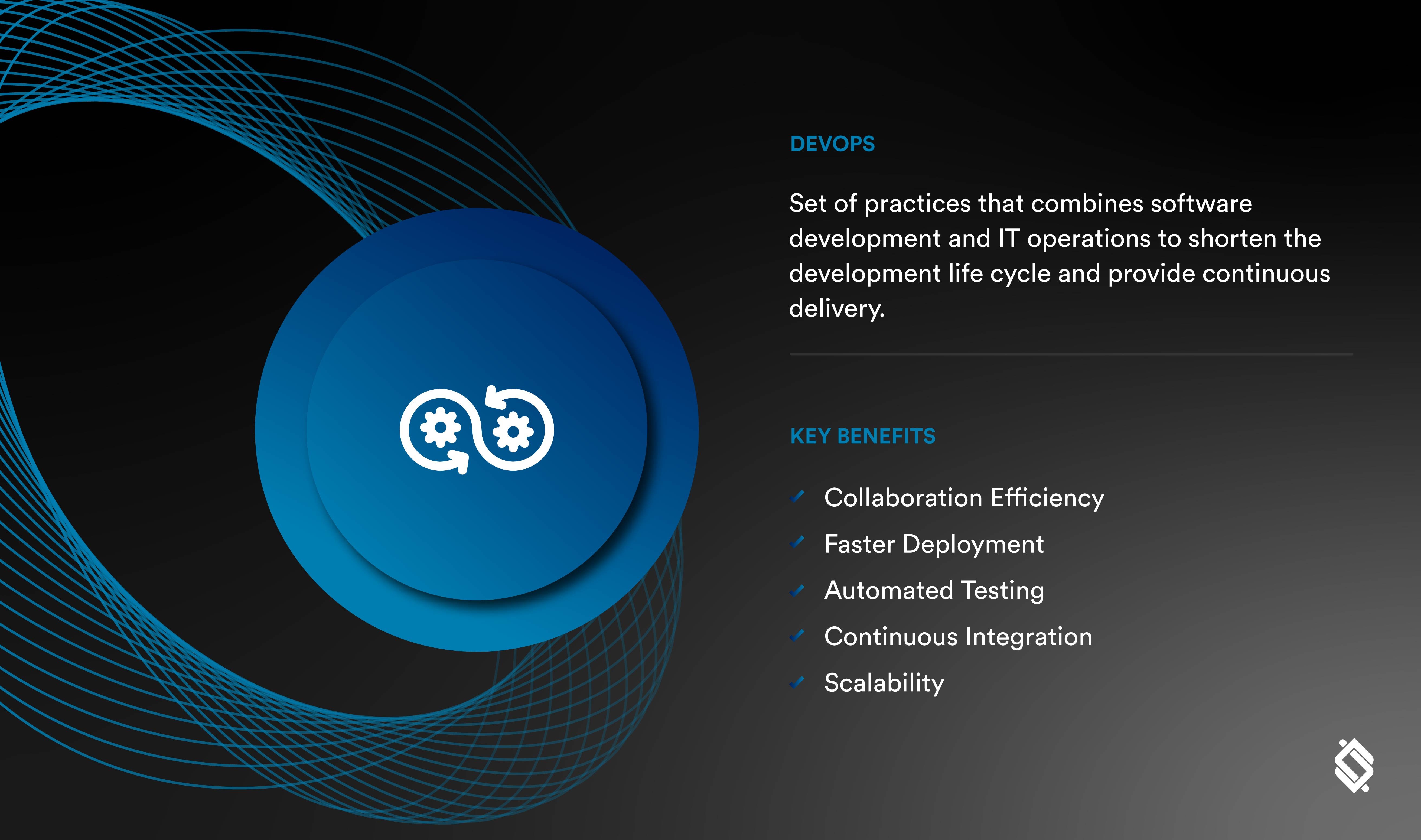As the threat landscape of software applications continues to evolve, it has become imperative for businesses to ensure the security of their software and applications. The earlier in the development process security vulnerabilities can be identified and addressed, the less risk a company faces in terms of data breaches, reputational damage, and financial losses. Utilizing a secure development framework can greatly help in this effort. In this article, we will explore popular secure development frameworks and provide tips on how to implement them effectively.
Open Web Application Security Project (OWASP) Top 10

The OWASP Top 10 is a well-known and highly regarded framework that provides guidelines on the most critical web application security risks. Developers can use this framework to identify vulnerabilities early on in the development process and take steps to mitigate or eliminate them. The framework includes guidelines on topics such as injection, broken authentication and session management, and cross-site scripting. Implementing the OWASP Top 10 can help companies build more secure applications and reduce the risk of data breaches.
Microsoft's Secure Development Lifecycle (SDL)

Microsoft's Secure Development Lifecycle (SDL) is a framework that outlines the process for building secure software from the ground up. It includes a number of best practices, including threat modeling, code scanning, and security testing. This framework can be particularly useful for companies that are building software applications in-house. By implementing the SDL, businesses can ensure that their software is secure throughout the entire development cycle and beyond.
Building Secure Applications with DevOps

DevOps is a software development methodology that emphasizes collaboration and communication between development, operations, and security teams. It is an effective way to incorporate security into the development process from the beginning. By using DevOps, security issues can be identified early on and addressed throughout the development cycle. This approach can help to minimize the risk of security breaches and ensure that applications are built securely.
The Importance of Training and Education

Implementing a secure development framework is essential, but it is not enough on its own. Developers also need to be trained and educated about the importance of building secure applications. This can include training on secure coding practices, as well as ongoing education about the latest security threats and vulnerabilities. Providing developers with the knowledge they need to build secure applications can help to ensure that security is considered from the very beginning of the development process.
The Benefits of Building Secure Applications

Building secure applications has a number of benefits for businesses. Firstly, it can reduce the risk of data breaches and other security incidents, which can lead to reputational damage and financial losses. Additionally, it can help to ensure compliance with regulations and standards, such as the General Data Protection Regulation (GDPR) and the Payment Card Industry Data Security Standard (PCI DSS). Building secure applications can also improve customer trust and confidence, which can lead to increased revenue and profitability.
In conclusion, building secure applications is essential for businesses that want to protect themselves from security threats and ensure compliance with regulations and standards. Utilizing a secure development framework, such as the OWASP Top 10 or Microsoft's Secure Development Lifecycle, can help to identify and address security issues early in the development process. Additionally, implementing DevOps and providing training and education for developers can further enhance security. By building secure applications, businesses can reap the benefits of increased customer confidence and trust, as well as reduced risk of security incidents.



